ssp. bicolor (Schrank, 1781)
Subfamilia: LEPTURINAE / Tribus: RHAMNUSIINI
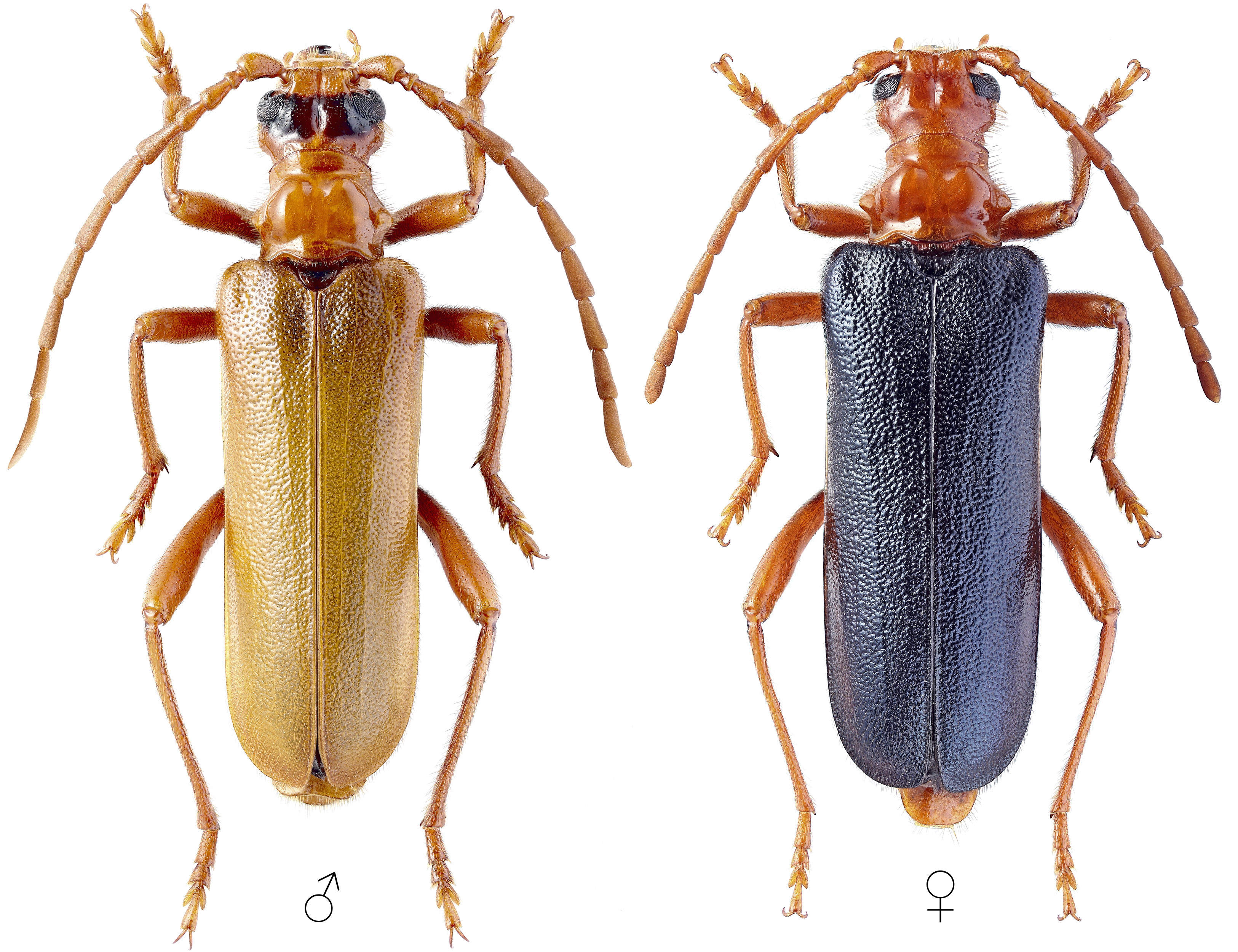
[Photo © Kirill V. Makarov, www.zin.ru]
This beautiful and remarkable species is bound to old living deciduous trees, where it develops in dead wood, especially in hollows in the trunks or in dead stubs. The affected tree can be identified by the typical exit holes in the hollow. Larvae feed in the dead wood, that has contact with the living tissue. Development cycle 2-3 years, pupation in spring in the wood, emergence in May-August. Adults, which are crepuscular/nocturnal, hide in hollows and rarely fly. Taxonomy of genus Rhamnusium was solved in Mikhail Danilevsky's paper in 2012 [❖]
Body length: ♂♂ 14-24 mm / ♀♀ 18-24 mm Life cycle: 2 - 3 years Adults in: May - June Host plant: polyphagous in deciduous trees (Populus, Aesculus, Ulmus, Fagus, Salix, Acer, Quercus, Castanea, Juglans, Tilia, Platanus) Distribution: Albania, Austria, Belgium, Bosnia and Herzegovina, Bulgaria, Croatia, Czechia, France, Germany, Hungary, Italy, Luxembourg, North Macedonia, Poland, Romania, Serbia, Slovakia, Slovenia, Spain, Switzerland, Ukraine
Thed depicted mounted specimens were collected in Novoiletsk (Новоилецк) village environs (Sol-Iletsky Urban Okrug, Orenburg Oblast, Volga Federal District, Russia). The living beetles in the pictures were collected in a hollow trunk of a living horse chestnut tree (Aesculus hippocastanum) in Lány village environs (Central Bohemia, Czechia).Collected by Kirill V. Makarov and Miroslav Polcar
[❖]
Danilevsky M.L.:
A contribution to the revision of the genus Rhamnusium Latreille, 1829 (Coleoptera: Cerambycidae).
Studies and Reports Taxonomical Series 8 (1-2): 43-65, 2012. [download]

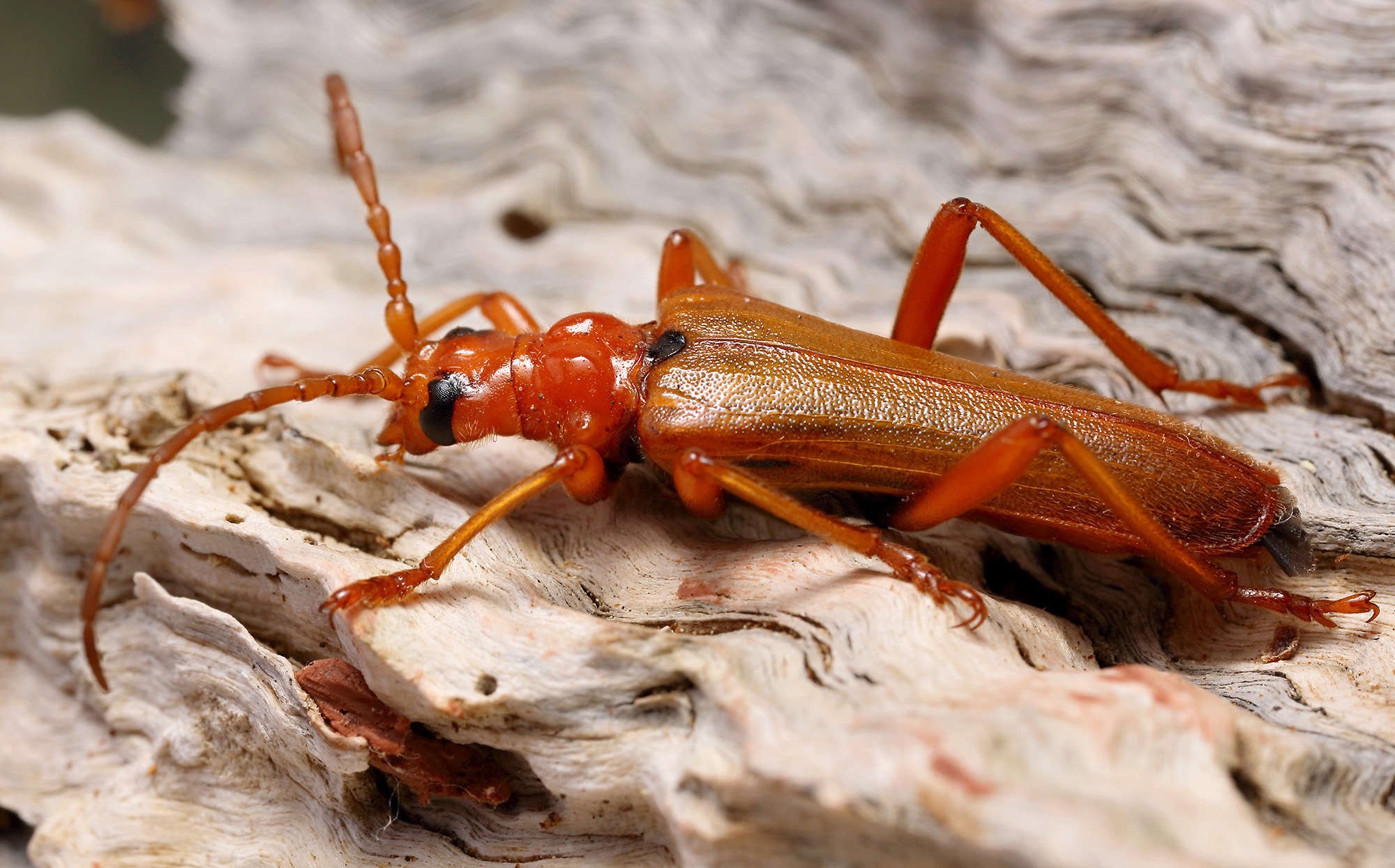
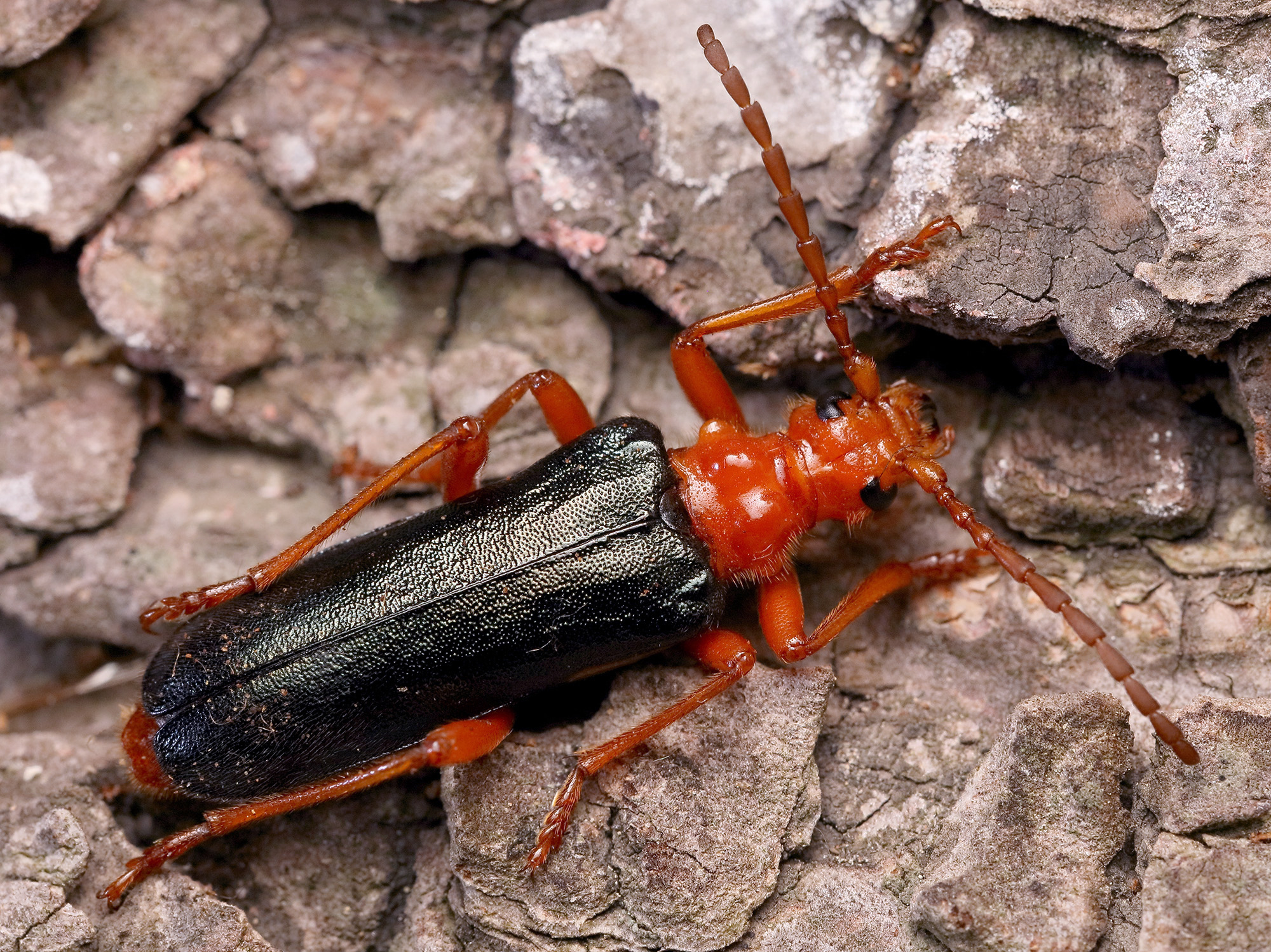
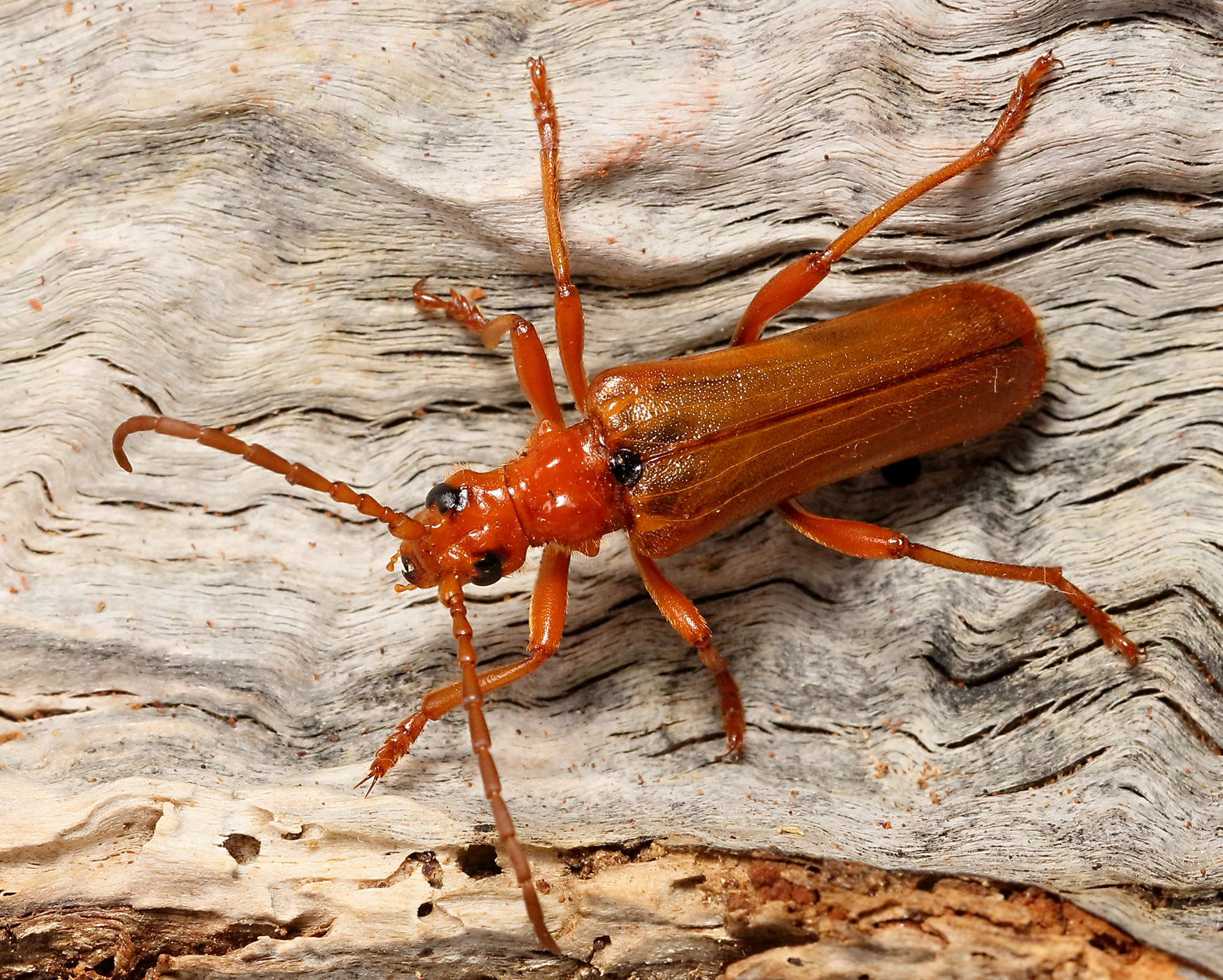
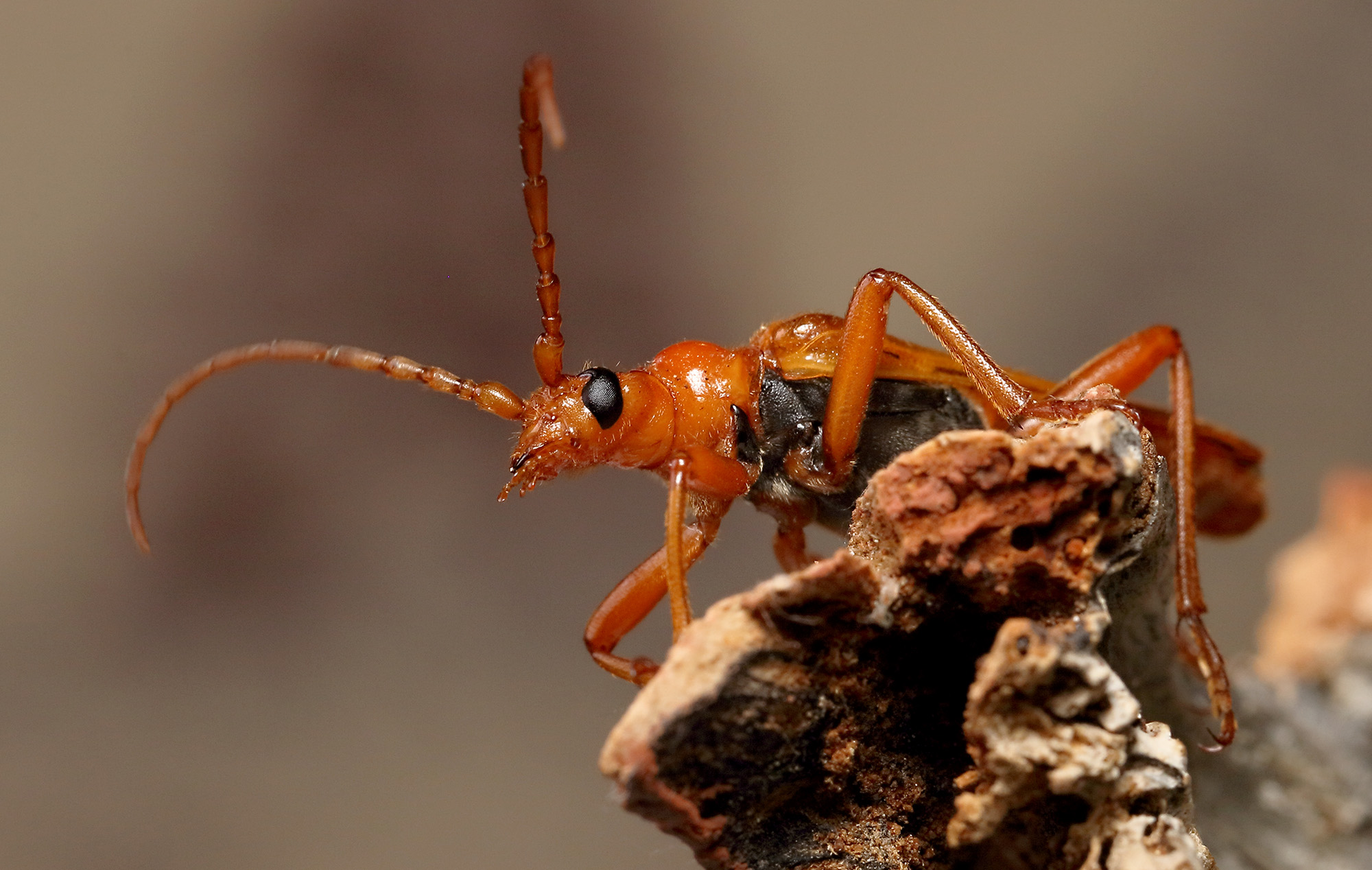
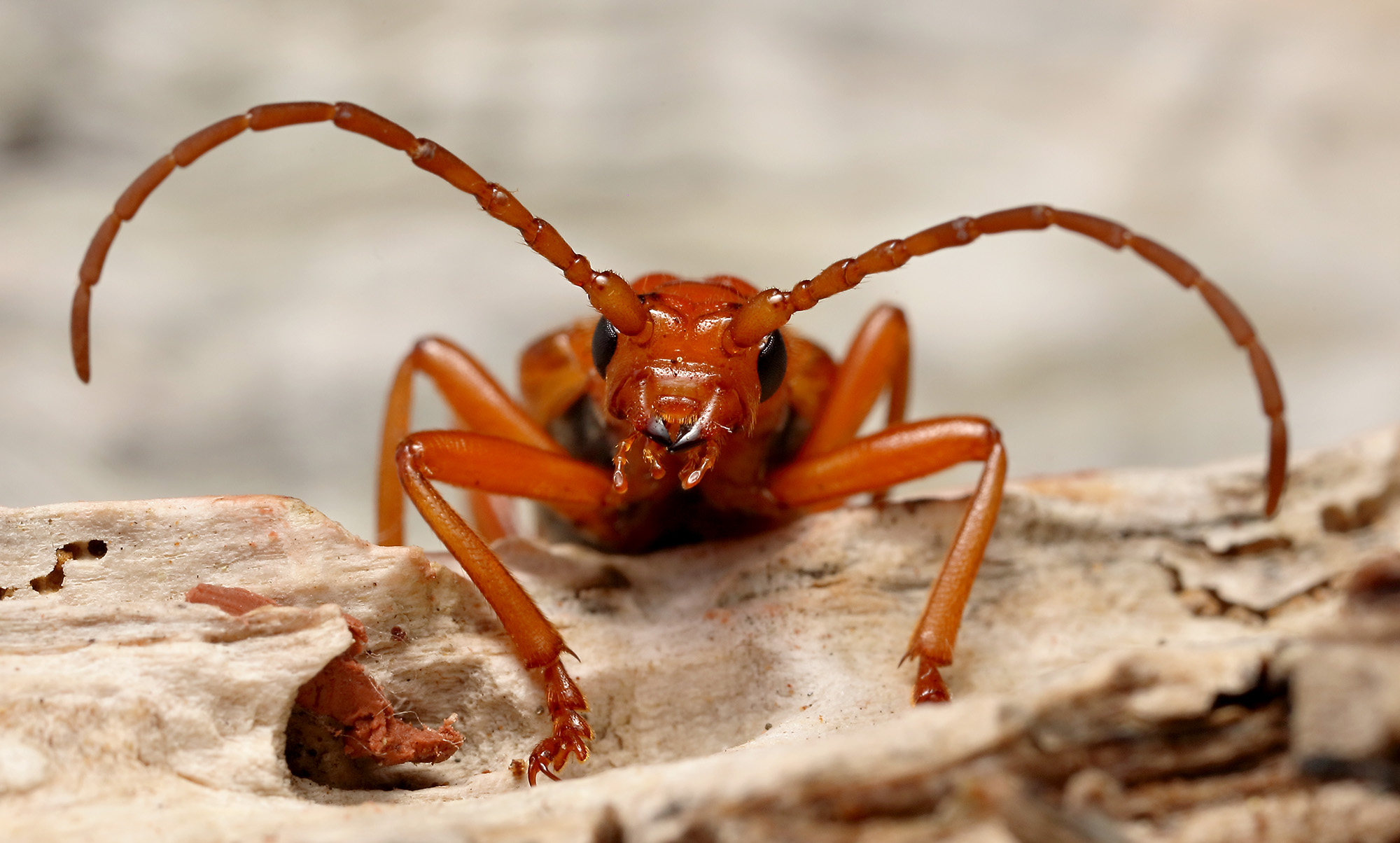
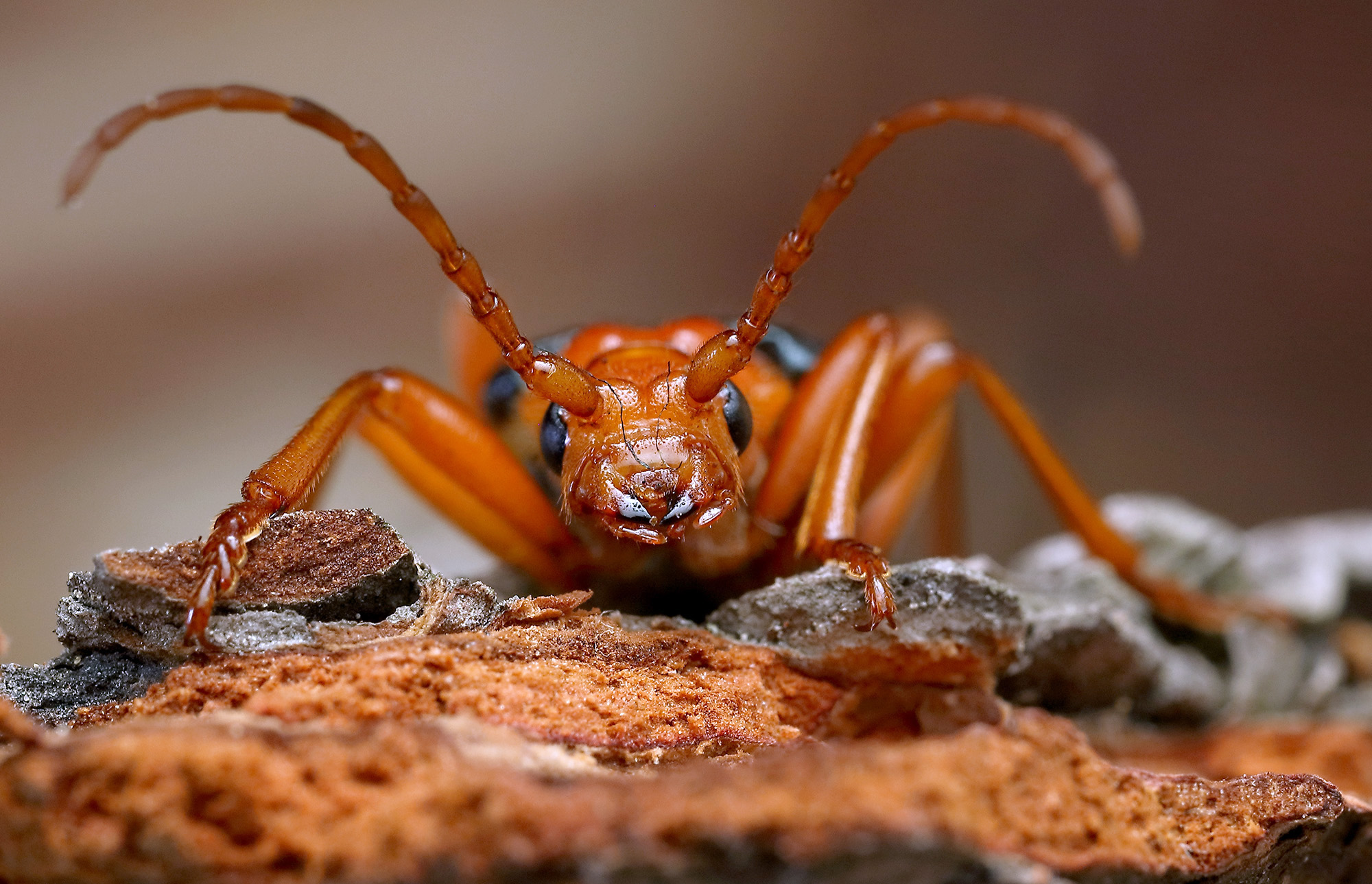
[Photo © Milan Lovětínský]
| Subfamilia | Lepturinae Latreille, 1802 |
| Tribus | Rhamnusiini Sama, 2009 |
| Genus | Rhamnusium Latreille, 1829) |
| Species | Rhamnusium bicolor (Schrank, 1781) |
| Subspecies | Rhamnusium bicolor bicolor (Schrank, 1781) |
